Botong Tree
- October 3, 2024
- 0 comment
The Botong tree, scientifically known as Barringtonia asiatica, is a large, tropical coastal tree that thrives in sandy and saline environments, particularly along shorelines. Native to regions of Southeast Asia, the Pacific Islands, and parts of South Asia, the Botong tree holds significant ecological and cultural importance. Its thick, leathery leaves and large, striking white and pink flowers make it visually distinctive, while its robust root system helps stabilize coastal areas and prevent soil erosion. The tree’s fruit, known for its box-like shape, floats on water, allowing the seeds to disperse across great distances, making it a symbol of resilience in coastal ecosystems.
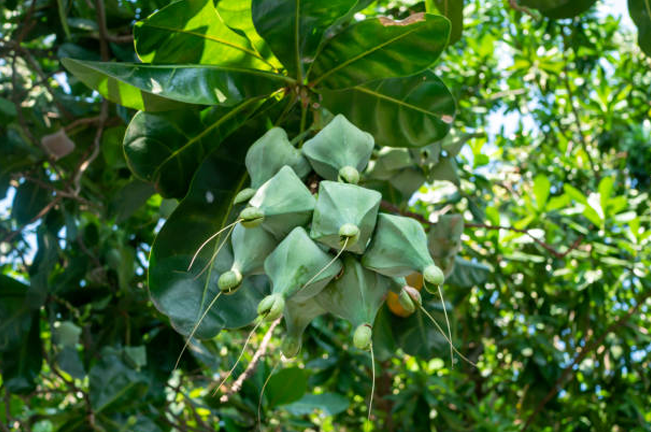
Beyond its ecological value, the Botong tree is also cherished for its traditional uses. In many cultures, various parts of the tree, including the bark, seeds, and leaves, have been used for medicinal purposes, while its durable wood is often employed in construction and boat-making. The seeds contain compounds used in traditional fishing practices, where they serve as a natural fish poison. Despite its many benefits, the Botong tree faces threats from coastal development and climate change, leading to increased conservation efforts aimed at preserving this vital species. By protecting the Botong tree, we safeguard not only the biodiversity of coastal areas but also the cultural heritage of the communities that rely on its many uses.
| Specification | Details |
| Scientific Name | Barringtonia asiatica |
| Common Names | Botong Tree, Sea Poison Tree, Fish Poison Tree |
| Family | Lecythidaceae |
| Native Range | Southeast Asia, Pacific Islands, South Asia |
| Tree Height | 7 to 20 meters |
| Bark | Greyish, smooth to slightly rough |
| Leaves | Large, glossy, leathery; about 20-40 cm long |
| Flowers | Large, white with pink stamens; fragrant and bloom at night |
| Fruit | Box-like, fibrous, floating fruits (5-10 cm in size) |
| Seed Dispersal | Waterborne, floating on tides |
| Preferred Climate | Tropical, coastal, saline environments |
| Soil Type | Sandy or rocky soils, tolerates salinity |
| Ecological Role | Coastal stabilization, erosion control, habitat for wildlife |
| Traditional Uses | Medicinal purposes, fishing poison, wood for construction |
| Conservation Status | Not endangered, but vulnerable to habitat loss and coastal development |
| Flowering Period | Year-round, peaks in warm seasons |
| Root System | Extensive, adapted for coastal areas, supports soil stability |
Botong Tree’s Botanical Characteristics

The Botong tree is a large, sturdy tree that typically grows to heights of 7 to 20 meters, making it one of the most recognizable species along coastal areas. Its thick, leathery leaves are glossy and elongated, reaching lengths of 20 to 40 centimeters, providing ample shade beneath its canopy. The tree produces large, striking flowers that are white with pink stamens and bloom primarily at night, releasing a sweet fragrance to attract pollinators such as bats and moths.
The tree’s fruit is particularly unique, with its large, box-like shape that can grow up to 10 centimeters in size. These fruits are fibrous and buoyant, enabling them to float on water and disperse across great distances via ocean currents. This adaptation allows the Botong tree to thrive in coastal environments, where its deep root system helps anchor the tree in sandy or rocky soils, providing stability in saline conditions.
Cultural and Traditional Uses of the Botong Tree
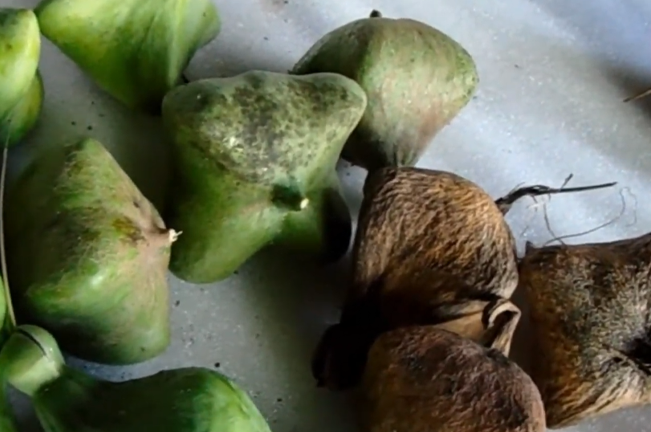
The Botong tree holds deep cultural and traditional significance for many indigenous communities living along coastlines. In various regions, the tree is featured in local folklore, symbolizing resilience and protection due to its ability to withstand harsh coastal conditions. The tree is often considered sacred, and its flowers and leaves are used in rituals to bring blessings or mark special occasions.
Medicinally, different parts of the Botong tree have been used for generations. The leaves are commonly used in traditional remedies to treat wounds and skin infections, while the seeds are used to alleviate certain ailments such as fever or stomach issues. Additionally, in some cultures, the seeds of the Botong tree are ground into a paste and used as a natural fish poison during fishing, making it easier to catch fish without causing long-term harm to aquatic ecosystems.
Practical Uses and Economic Value of the Botong Tree
The Botong tree is valued not only for its cultural importance but also for its practical applications in craftsmanship and industry. The wood of the tree is durable and has been traditionally used in the construction of boats, houses, and furniture. Its seeds and bark have economic value as well, with the seeds being used in the production of natural dyes and eco-friendly products such as soaps and oils.
In recent years, there has been a growing interest in the sustainable use of the Botong tree, especially in areas where it is abundant. Local communities have begun exploring ways to generate income from the tree’s resources without depleting its population. The potential for eco-friendly industries based on the Botong tree’s natural products offers a promising avenue for economic development while preserving the environment.
The Botong Tree in Coastal Ecosystem Conservation
The Botong tree plays a vital role in coastal ecosystem conservation. Its extensive root system helps prevent soil erosion, stabilizing the coastline and protecting it from the impacts of storms and rising sea levels. This function is particularly crucial in areas vulnerable to climate change, where coastal erosion threatens both human settlements and biodiversity.
The tree also provides a habitat for various species of wildlife, including birds and insects that rely on its flowers for food and shelter. In this way, the Botong tree contributes to maintaining biodiversity in coastal regions. There have been successful conservation programs focused on planting and protecting the Botong tree, particularly in areas where deforestation and coastal development have led to habitat loss.
Threats to the Botong Tree and Conservation Efforts
Despite its resilience, the Botong tree faces numerous threats that endanger its long-term survival. Coastal development, deforestation, and overharvesting are some of the main factors contributing to habitat loss. Additionally, climate change, particularly rising sea levels and increased storm activity, poses a significant risk to the tree’s coastal habitat.
Conservation efforts are underway to protect the Botong tree from these threats. Various initiatives have been launched by governments and environmental organizations to restore degraded coastal areas by replanting Botong trees and raising awareness about their importance. Community-driven conservation programs have also played a crucial role, empowering local populations to take part in the preservation of the tree.
Future Prospects and Sustainability of the Botong Tree
The future of the Botong tree lies in the balance between conservation and sustainable use. With increasing awareness of the tree’s ecological and economic importance, there is potential to integrate the Botong tree into broader environmental sustainability programs. Educating communities about the tree’s role in preventing coastal erosion and promoting biodiversity is key to ensuring its protection for future generations.
Innovative projects and research are being conducted to explore new ways to sustainably harvest and utilize the Botong tree without compromising its ecological role. These initiatives aim to strike a balance between economic development and environmental conservation, ensuring that the Botong tree continues to thrive in the changing world.
Different Species
Barringtonia racemosa
Also known as the Powder-Puff Tree or Freshwater Mangrove. It is often found in riverbanks and swampy areas. It is known for its elongated flower clusters with pinkish-white blooms.


Barringtonia acutangula
Known as the Indian Oak or Freshwater Mangrove, this species is found in India and Southeast Asia. It thrives in wetland areas and is used for medicinal purposes.
Barringtonia edulis
Commonly called the Cutnut Tree, it produces edible seeds that are consumed in Pacific Island cultures. The tree is smaller and grows mainly in the Pacific Islands.
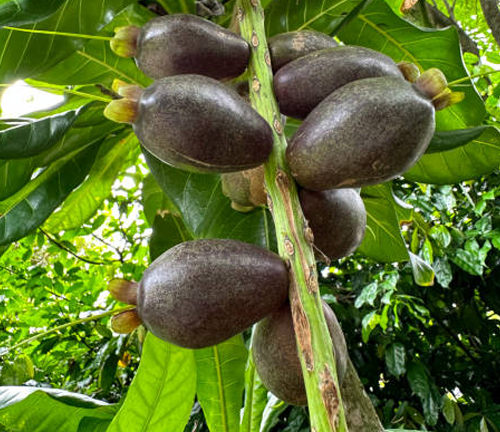

Barringtonia macrostachya
Known as the Mango Pine, it is found in parts of Southeast Asia and Australia. It is typically seen in freshwater wetlands and along riverbanks.
Barringtonia neocaledonica
Endemic to New Caledonia, this species is less widespread but contributes to the coastal ecosystems in the region.
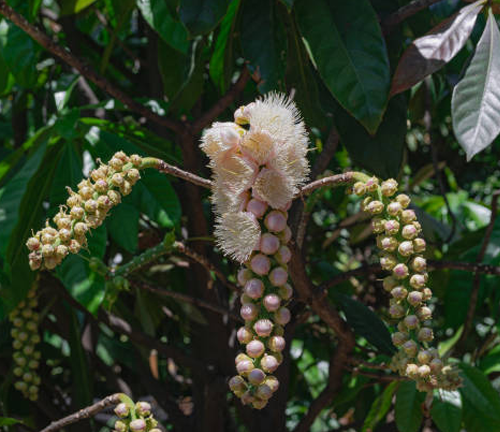
Frequently Asked Questions (FAQs)
1. What is the Botong Tree?
The Botong tree (Barringtonia asiatica), also known as the Sea Poison Tree or Fish Poison Tree, is a large tropical tree found along coastlines in Southeast Asia, the Pacific Islands, and South Asia. It is known for its box-like fruits, fragrant night-blooming flowers, and ecological role in coastal conservation.
2. Where is the Botong Tree commonly found?
The Botong tree thrives in coastal regions with sandy and saline soils. It is native to areas such as Southeast Asia, the Pacific Islands, and coastal regions of South Asia, where it helps stabilize shorelines and prevent erosion.
3. What are the botanical characteristics of the Botong Tree?
The Botong tree can grow up to 20 meters in height. It has large, leathery leaves, white and pink flowers that bloom at night, and box-like fruits that can float on water. The tree’s extensive root system makes it well-suited for coastal environments.
4. What are the cultural and traditional uses of the Botong Tree?
In various cultures, the Botong tree holds cultural significance. It is used in traditional medicine to treat skin infections and fever. The seeds are used as a natural fish poison in some fishing practices. Its wood is also employed in boat building and construction.
5. How is the Botong Tree important for coastal conservation?
The Botong tree plays a crucial role in coastal conservation by preventing soil erosion with its extensive root system. It helps protect coastlines from storm surges and provides habitats for wildlife, contributing to biodiversity in coastal ecosystems.
6. What are the economic uses of the Botong Tree?
The wood of the Botong tree is durable and used in construction and boat-making. Its seeds are used in producing natural dyes and eco-friendly products, making it valuable for sustainable industries. Communities benefit economically from its various practical uses.
7. What threats does the Botong Tree face?
The Botong tree faces threats from habitat loss due to coastal development, overharvesting, and the impacts of climate change, such as rising sea levels and stronger storms. These factors pose a risk to its survival in some areas.
8. What conservation efforts are in place to protect the Botong Tree?
Various conservation efforts, such as replanting programs, community-driven conservation projects, and raising awareness about its ecological importance, are in place to protect the Botong tree. Governments and environmental organizations are working to preserve it in vulnerable areas.
9. Can the Botong Tree be used sustainably?
Yes, the Botong tree can be sustainably used for its wood, seeds, and bark in various industries. Sustainable harvesting practices ensure that the tree continues to thrive without depleting its population or damaging coastal ecosystems.
10. What are the future prospects for the Botong Tree?
The Botong tree has potential for future environmental sustainability projects, especially in coastal conservation and eco-friendly industries. Increased awareness and education about its importance can help ensure its protection for future generations.



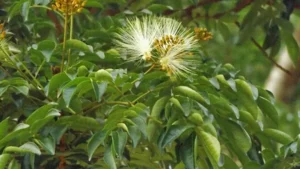
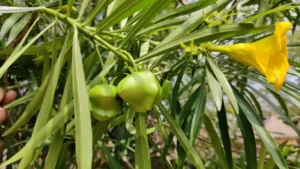
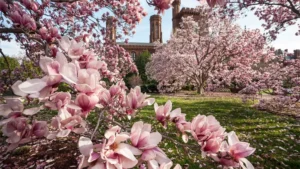


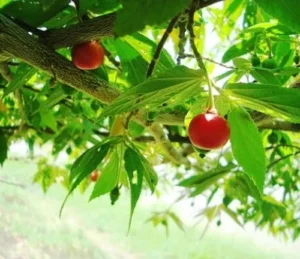
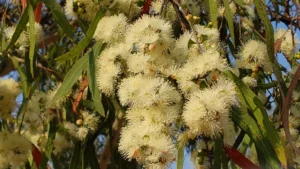
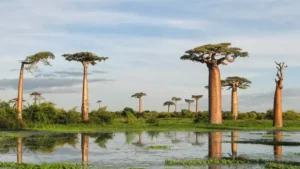
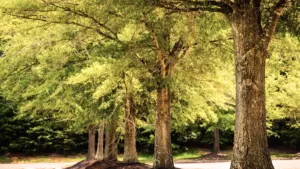
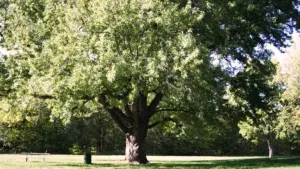
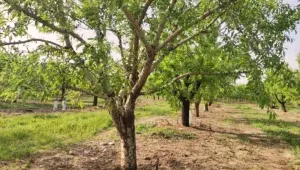
Leave your comment